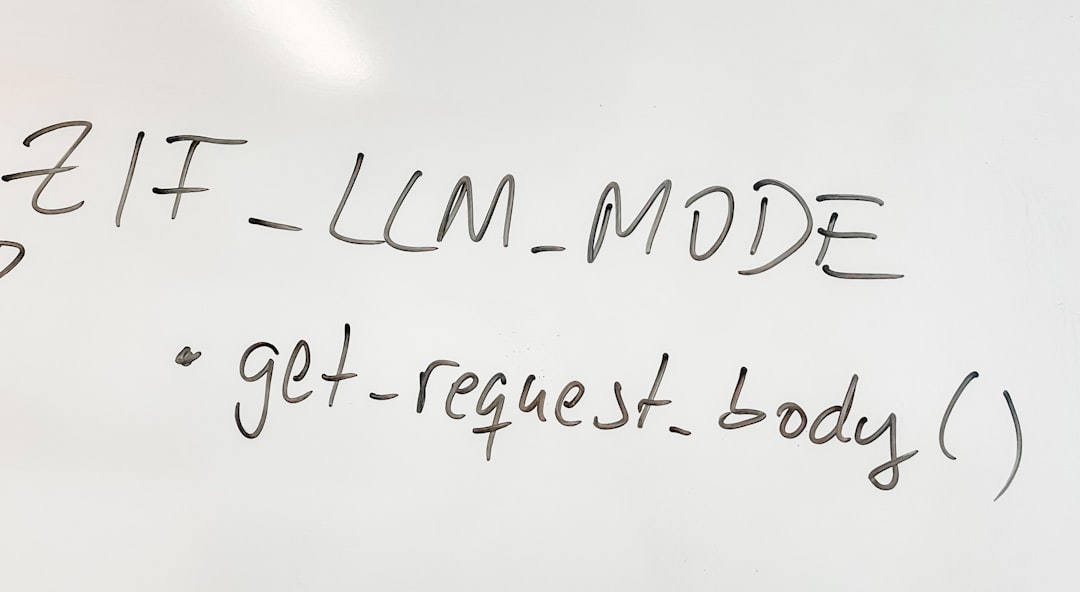In an era where artificial intelligence is reshaping how content is created, the importance of maintaining a consistent and authentic editorial voice cannot be overstated. As AI-assisted teams become more integrated into the content creation process, establishing editorial voice guides has become a critical strategy. These guides ensure the output not only aligns with brand identity but also meets ethical standards and user expectations.
The Rise of AI in Content Creation
Advancements in AI technologies, especially in natural language processing (NLP), have enabled machines to generate articles, product descriptions, emails, and more with increasing fluency. As businesses adopt these tools to scale content production, AI-assisted teams are blending human creativity with machine efficiency. However, this innovation introduces a new challenge: keeping the brand’s tone and personality intact.
Voice inconsistency can confuse readers, weaken trust, and dilute brand identity. Human writers inherently understand tone, inflection, and audience alignment, but AI has to be explicitly trained or configured to do the same. Therefore, editorial voice guides serve as the bridge between human oversight and AI-assisted output.
What Are Editorial Voice Guides?
Editorial voice guides are structured, accessible documents that define key elements of an organization’s tone, style, and personality in written content. These guides serve as a tangible reference for writers—both human and AI—and include detailed information such as:
- Brand tone (casual vs. formal, playful vs. serious)
- Sentence structure preferences
- Use of inclusive or industry-specific language
- Common words or phrases to use—or avoid
- Guidance on adapting voice for different platforms or audiences
For AI-assisted teams, these guides are often translated into prompt templates, tone instructions, or programming rules within the content generation systems.

Why Editorial Voice Guides Are Essential for AI Teams
AI is excellent at pattern recognition and language generation, but it lacks intuition, cultural awareness, and contextual understanding—all critical to an effective brand voice. Without clear guidelines, even the most advanced AI will generate inconsistencies. Here are a few reasons editorial voice guides become indispensable in such setups:
- Maintaining Brand Consistency: Whether content is written by a junior writer or a language model, a clear voice guide ensures everything sounds cohesive.
- Speed and Scalability: AI can generate content at scale, and when ‘trained’ on a solid editorial guide, the speed doesn’t compromise tone or quality.
- Operational Efficiency: Guides reduce the amount of back-and-forth editing by aligning everyone—from marketers to developers—on voice expectations.
- Cross-Platform Coherence: From social media to long-form blogs, appropriate adaptations of tone can be defined up front for AI to follow.
Critical Elements of Effective Editorial Voice Guides
For AI-assisted teams, a conventional style guide isn’t enough. The voice guide must be richer, more granular, and easily interpretable by system designers and product managers, not just content writers. Ideal editorial voice guides for AI teams should include:
1. Voice Strategy Framework
Outline your brand’s core values and how they should reflect in tone of voice. Use examples like:
- “We’re a friendly B2B fintech company — our tone is trustworthy but not rigid.”
- “We’re playful without being flippant.”
2. Linguistic Preferences
Specify sentence length preferences, vocabulary sophistication levels, punctuation tolerance, and the balance between active and passive voice. These metrics help AI fine-tune the rhythm and readability of content.
3. AI Prompt Engineering Guidelines
Provide prompt scripts or model instructions that translate tone principles into programmable inputs. For example:
- “Write in a confident, yet conversational tone suitable for early-career professionals.”
4. Do’s and Don’ts
Create lists to reinforce key patterns, such as:
- Do: Use analogies to explain complex ideas.
- Don’t: Use industry jargon unless necessary for SEO.

5. Platform-Specific Adaptations
Voice should flex based on content format—tweets, emails, blogs, ads. While the core tone remains consistent, editorial voice guides should outline how AI can shift micro-tonal elements depending on format and audience expectations.
Challenges in Implementation
Creating a comprehensive editorial voice guide is a task. But deploying it effectively within AI-assisted teams adds another layer of complexity. Organizations face hurdles such as:
- Translating qualitative tone descriptions into quantifiable AI inputs
- Training team members—including product teams—to understand and use voice materials
- Monitoring AI-generated content for voice compliance at scale
- Continuously updating style guides as the brand evolves
These obstacles can be addressed by involving cross-functional teams in the voice development process, including insights from marketing, content, customer service, and engineering.
Best Practices for Success
To get the most from an editorial voice guide, companies should:
1. Integrate Guides into Tools
Incorporate voice parameters directly into CMS systems or AI-authoring platforms using extensions or plug-ins.
2. Measure and Monitor
Regularly evaluate AI outputs with periodic brand voice audits using both human editors and automated scoring tools.
3. Train Continuously
Host workshops and release documentation updates regularly so team members stay aligned with voice evolution.
4. Standardized Prompt Libraries
Develop reusable templates of prompts and tone cues that embed brand voice tendencies into every AI interaction.
Conclusion
The integration of AI into content workflows is not a passing trend—it’s a foundational shift. As machines take a more active role in communication, editorial voice guides become the backbone of clear, consistent, and brand-aligned messaging. By bridging technical configuration with marketing intent, these guides empower AI-assisted teams to produce with both scale and precision, ensuring every sentence still sounds unmistakably human.
FAQs
-
Q: Can AI truly learn a brand’s editorial voice?
A: Yes, through careful training, prompt tuning, and the use of editorial voice guides, AI can replicate and maintain a consistent tone of voice across content. -
Q: How often should voice guides be updated?
A: Ideally, every 6 to 12 months, or whenever there are significant shifts in brand strategy, audience, or product positioning. -
Q: Are separate editorial guides needed for human and AI writers?
A: Not necessarily. A single comprehensive guide should suffice if it includes sections tailored to AI prompt engineering in addition to human readability guidelines. -
Q: What role do developers play in following the editorial voice guide?
A: Developers implement tone filters, prompt templates, and API integrations, playing a crucial role in ensuring the AI content adheres to voice specifications.